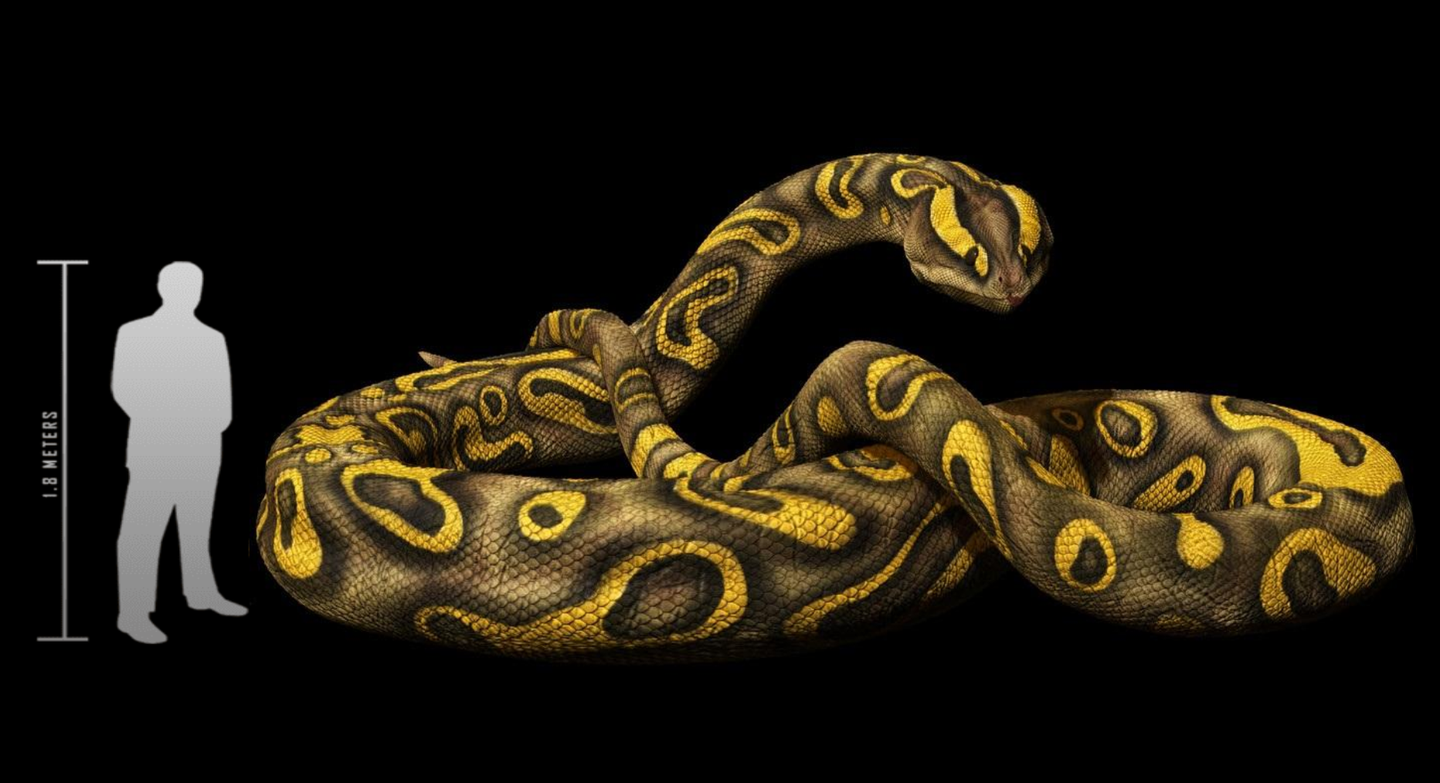Colossal 50 feet long snake discovered in India
Scientists in India have unearthed the fossilized remains of an enormous snake, believed to be one of the largest of its kind ever found.

In a groundbreaking discovery, scientists in India have unearthed the fossilized remains of an enormous snake, believed to be one of the largest of its kind ever found. This colossal creature, dubbed Vasuki indicus, stretches an astonishing 50 feet in length, dwarfing its modern-day relatives like pythons.
The findings, published in the journal Scientific Reports, shed light on the prehistoric biodiversity of the Indian subcontinent.
Researchers hailing from the Indian Institute of Technology Roorkee stumbled upon a remarkably well-preserved segment of the snake's vertebral column. Dr. Rajesh Kumar, lead author of the study, expressed excitement over the find, describing it as "excellently preserved."
Their analysis, based on 27 vertebrae, conclusively identified the specimen as Vasuki indicus, a species long extinct.
The name "Vasuki" draws inspiration from Hindu mythology, specifically the serpent Vāsuki, entwined around the neck of Lord Shiva, a central figure in Shaivism. This choice reflects the cultural significance of snakes in Indian folklore.
Insights gleaned from the fossil suggest that Vasuki indicus was not merely a colossal serpent, but also a formidable predator. Researchers speculate that its massive size rendered it sluggish, ruling out the possibility of it actively hunting for prey.
Related Stories
Instead, they posit that Vasuki likely employed ambush tactics, similar to modern pythons, relying on constriction to subdue its victims.
Describing the specimen's physical characteristics, the study highlights its fully developed stature and robust build. With a broad, cylindrical body, Vasuki indicus could have tipped the scales at a staggering 2,200 pounds, making it a true behemoth of the ancient world.
Comparisons with other extinct snakes further underscore Vasuki indicus's extraordinary dimensions. While the famed Titanoboa shares a similar length, stretching between 45 to 50 feet, Vasuki's girth sets it apart. This places it firmly in contention for the title of the largest snake ever discovered.
Delving into the evolutionary history of these colossal serpents, researchers note their lineage within the Madtsoiidae family. Spanning approximately 100 million years across Africa, Europe, and India, these ancient reptiles left an indelible mark on Earth's ecosystems.
However, Vasuki indicus occupies a unique niche within this lineage, originating specifically from the Indian subcontinent during a bygone era, approximately 56 to 34 million years ago.
The discovery of Vasuki indicus serves as a testament to India's rich paleontological heritage. Dr. Kumar emphasizes the importance of such findings in unraveling the mysteries of prehistoric life, stating, "Each fossil unearthed offers a glimpse into the distant past, enriching our understanding of Earth's ancient inhabitants."
The unearthing of Vasuki indicus represents a significant milestone in the annals of paleontology. As scientists continue to delve into the depths of Earth's history, discoveries like this illuminate the fascinating diversity of life that once thrived on our planet.
For more science news stories check out our New Discoveries section at The Brighter Side of News.
Note: Materials provided above by The Brighter Side of News. Content may be edited for style and length.
Like these kind of feel good stories? Get the Brighter Side of News' newsletter.
Joseph Shavit
Head Science News Writer | Communicating Innovation & Discovery
Based in Los Angeles, Joseph Shavit is an accomplished science journalist, head science news writer and co-founder at The Brighter Side of News, where he translates cutting-edge discoveries into compelling stories for a broad audience. With a strong background spanning science, business, product management, media leadership, and entrepreneurship, Joseph brings a unique perspective to science communication. His expertise allows him to uncover the intersection of technological advancements and market potential, shedding light on how groundbreaking research evolves into transformative products and industries.



